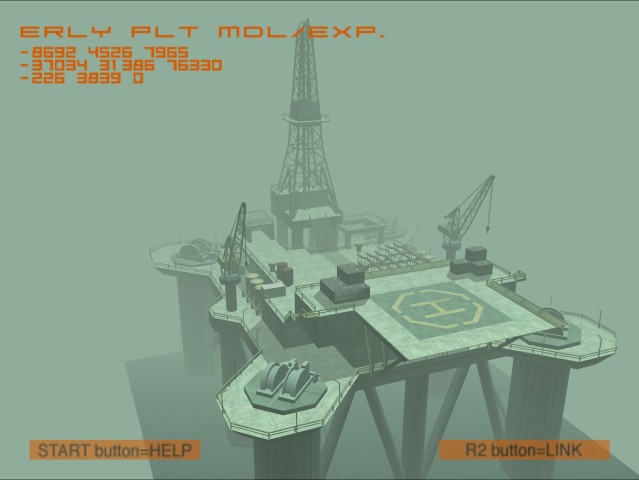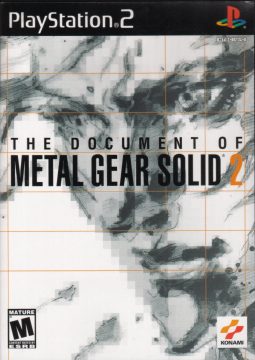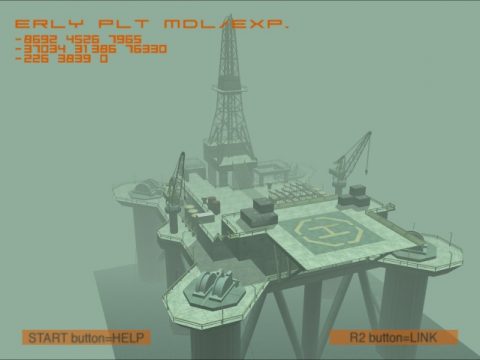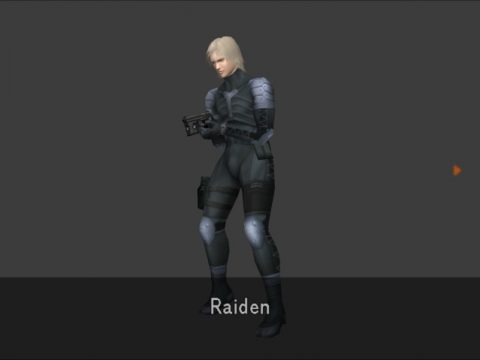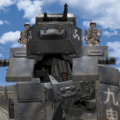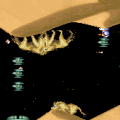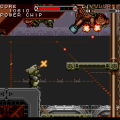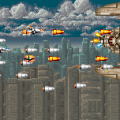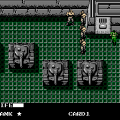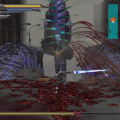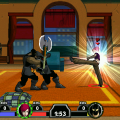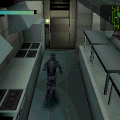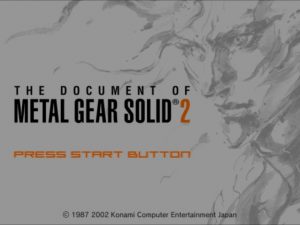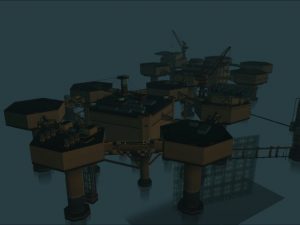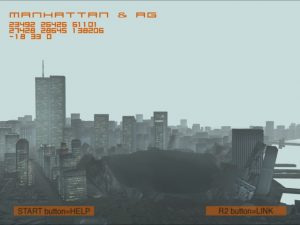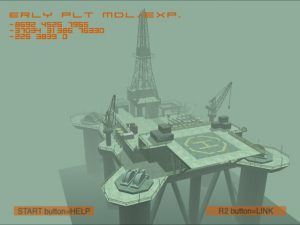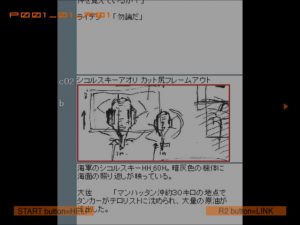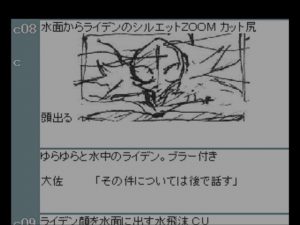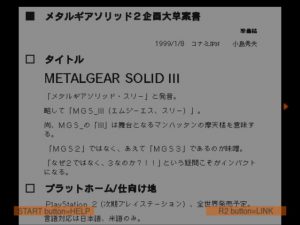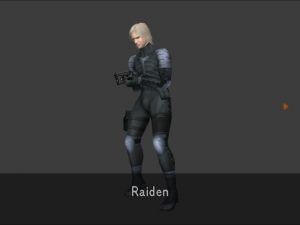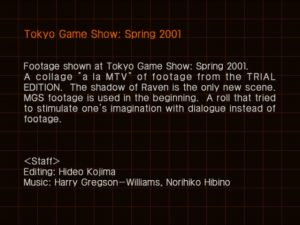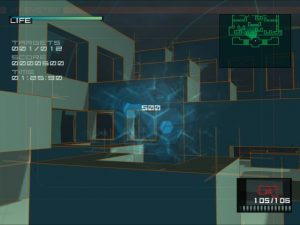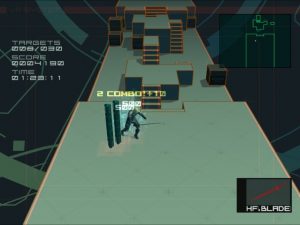- Metal Gear
- Snake’s Revenge
- Metal Gear 2: Solid Snake
- Metal Gear Solid
- Metal Gear Solid Integral Staff Commentary
- Metal Gear Solid (Game Boy Color)
- Metal Gear Solid 2: Sons of Liberty
- Document of Metal Gear Solid 2, The
- Metal Gear Solid: The Twin Snakes
- Metal Gear Solid 3: Snake Eater
- Metal Gear Solid 4: Guns of the Patriots
- Metal Gear Solid: Portable Ops
- Metal Gear Solid: Peace Walker
- Metal Gear Solid V: Ground Zeroes
- Metal Gear Solid V: The Phantom Pain
- Metal Gear Rising: Revengeance
- Metal Gear Touch
- Metal Gear Acid
- Metal Gear Acid 2
- Metal Gear Solid Mobile
Video game history, like all history, is hard to record. The making of a game produces ephemera; design documents & pitches, early concept sketches, storyboards, research trips, discarded sprites & models, and ideas that just didn’t fit the final product. Tracking down a cart or that unlabeled DVD-R lying in a forgotten back room somewhere is often just the tip of the iceberg. It takes hard work to catalog all of that after the fact, let alone while it’s being made. Hideo Kojima and his team at Konami decided to do just that with the development of Metal Gear Solid 2. The Document of Metal Gear Solid 2 is a rare, intimate look at the making of a video game, by people who were engaged in precisely that very act.
The Document didn’t come out of nowhere, as it’s clear the people behind MGS had a bug for wanting to expose the process of their games. Metal Gear Solid Integral, a Japanese-only renewed version of the PS1 classic, featured a hidden codec frequency full of insights from the team themselves, and completing all of its VR missions provided a work-in progress look at what would eventually evolve into Metal Gear RAY. But The Document is much more intricate and interactive than that effort.
What’s here resembles the deep dives of Geoff Keighley and his The Final Hours of… book series. The contents are curated and linked together in editorially meaningful ways, allowing players to jump around between items with ease. A timeline outlines the development of the game, from the original pitch to the released product. It included a model viewer, letting players poke around renders of characters and stages, and a music player, including the ability to hear the different dynamic motions it can go through. Pictures from research trips, box art, and more are provided, and it even includes all of the teaser trailers, even the infamous ones that faked scenes of Snake on the Big Shell. A fun bonus is a sampler of 5 VR missions from the upcoming MGS2: Substance, serving a demo of sorts for the renewed version.
The Document helps round out the picture of Metal Gear Solid 2, especially when it comes to cut content. Metal Gear Solid was released in 1998, with MGS2 releasing in 2001, so it took three short years to make the game. They included the original design document, later fan-translated into English. It makes some wild esoteric swings that, while absent in the game, show just what he and others were thinking of doing with their sequel. They even experimented with cel shading, as the Mei Ling model shows. As well, MGS2 went through some well documented cuts, released a few months after the September 11th terrorist attacks on New York City. Late in the game, Manhattan was to be leveled by a giant boat, destroying parts of the borough. While some of what was cut remained on the shipped game, The Document engages with the change, rather than try to ignore it. Players can view the model of the ruined city that would have been used in cutscenes.
The Document of MGS2 is a celebration of game design. It predates other efforts, like the wonderful Half Life 2: Raising The Bar book from Valve, or creator commentary in games from other developers, like Hitman III and Assassin’s Creed: Valhalla. Creating things is often treated like a mysterious, opaque process, and talking about it can make creators cagey, like they’re giving something away. But that isn’t the sentiment here. The Document of Metal Gear Solid 2 isn’t afraid to shine a light on the wild & vivid process that led the creation of a groundbreaking classic game, and that’s just a wonderful thing.
